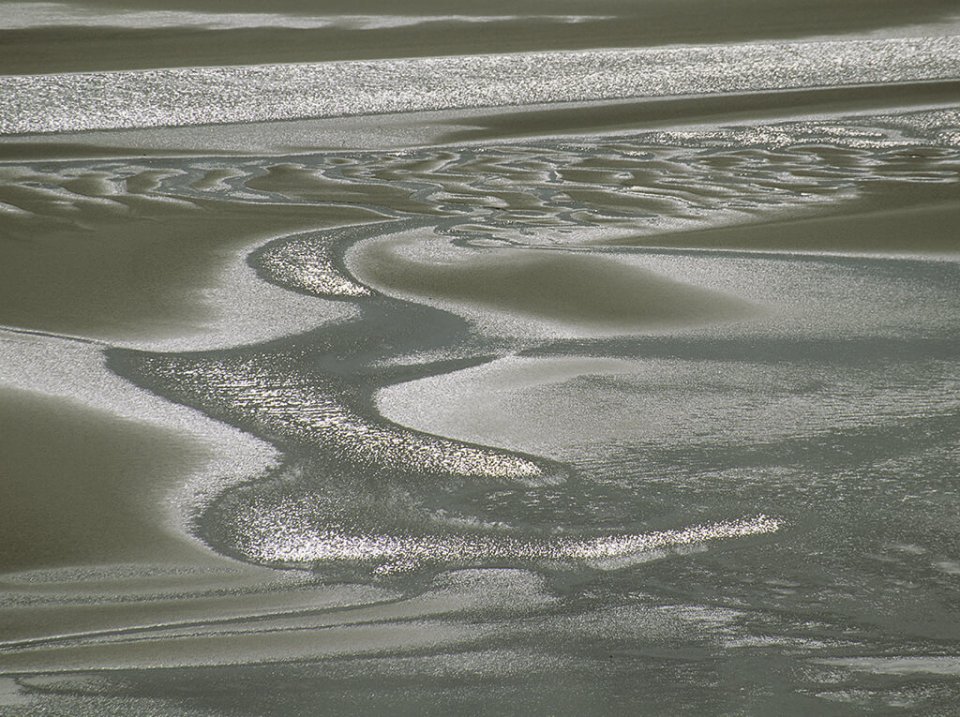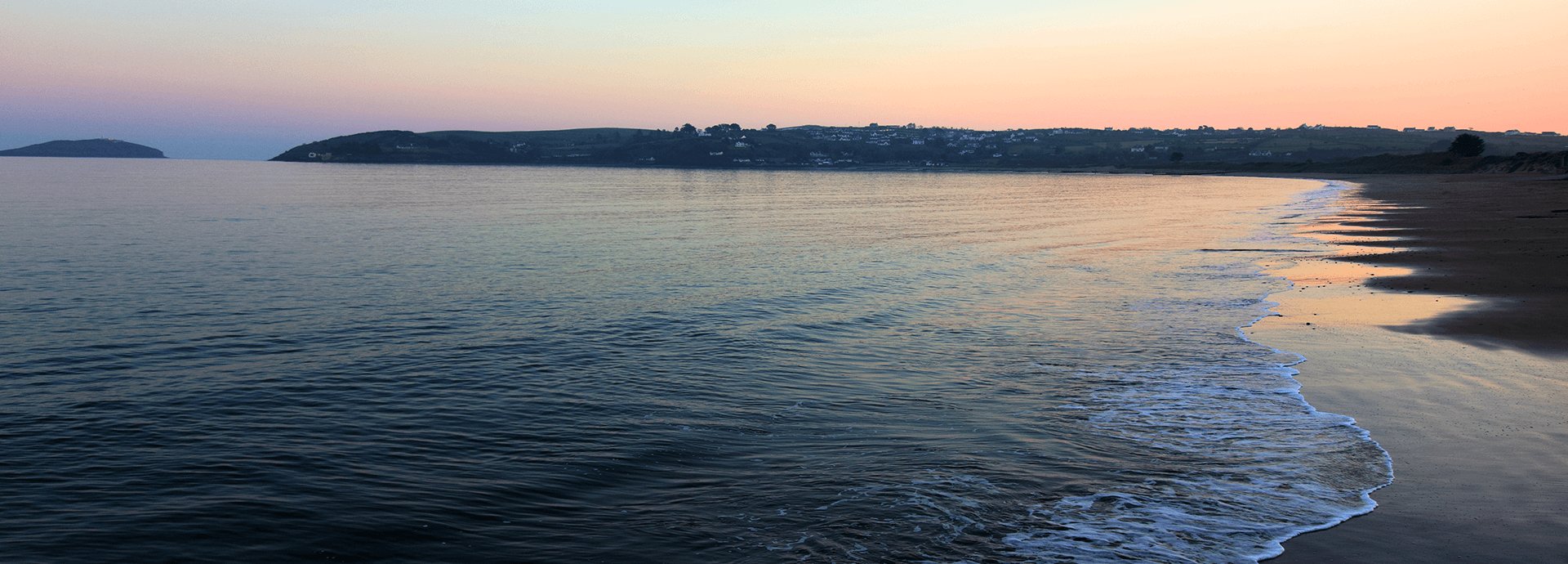Sandbanks
Subtidal sandbanks are characterised by sandy sediments that are permanently covered by shallow seawater. They are typically located in depths of less than 20m but may include deeper areas. The subtidal sandbanks include areas of distinct banks (such as elongated, rounded or irregular ‘mound’ shapes) and adjacent areas of closely associated sandy sediment.
The diversity and types of wildlife community associated with subtidal sandbanks are determined particularly by the type of sediment together with a variety of other physical, chemical and hydrographic factors.
The sandbanks of Pen Llŷn a’r Sarnau are the Tripods sandbank to the west of Braich Anelog, Bastram Shoal sandbank to the south of Bardsey Island and Devil’s Ridge sandbank to the south east of Aberdaron Bay and also an area west of Barmouth, marked on charts as Four-fathom bank.
The type of sediment forming each sandbank is primarily determined by the nature of the sediment supply and the influence of hydrodynamic processes. The sandbanks exposed to stronger tidal and wave action (e.g. the Tripods) are composed predominantly of coarser sediment than those in relatively more sheltered conditions (such as Four-fathom bank). The sandbank sediments are primarily medium sands although the landward side of the Devil’s Ridge sandbank and seaward side of Bastram Shoal have coarser sediments with a higher proportion of gravel. Four-fathom bank west of Barmouth comprises fine sands.
There is a variety of wildlife species living in, on and associated with the subtidal sandbanks. The type and variety of wildlife reflects the type of sediment present and forces acting on the sandbanks. The wildlife living predominantly within the sediment includes worms, crustacea such as shrimp and crabs, mollusks such as shellfish and echinoderms such as starfish. There are also millions of tiny microscopic animals that live in the small spaces between the sand grains and are also part of the sandbank wildlife and are important in terms of the overall productivity of these sediment communities. Other animal species that live on or just underneath the sediment surface are part of a more mobile assemblage of wildlife and where there are large stones in the sediment other animals such as hydroids may attach themselves to the surface of the sandbank.

